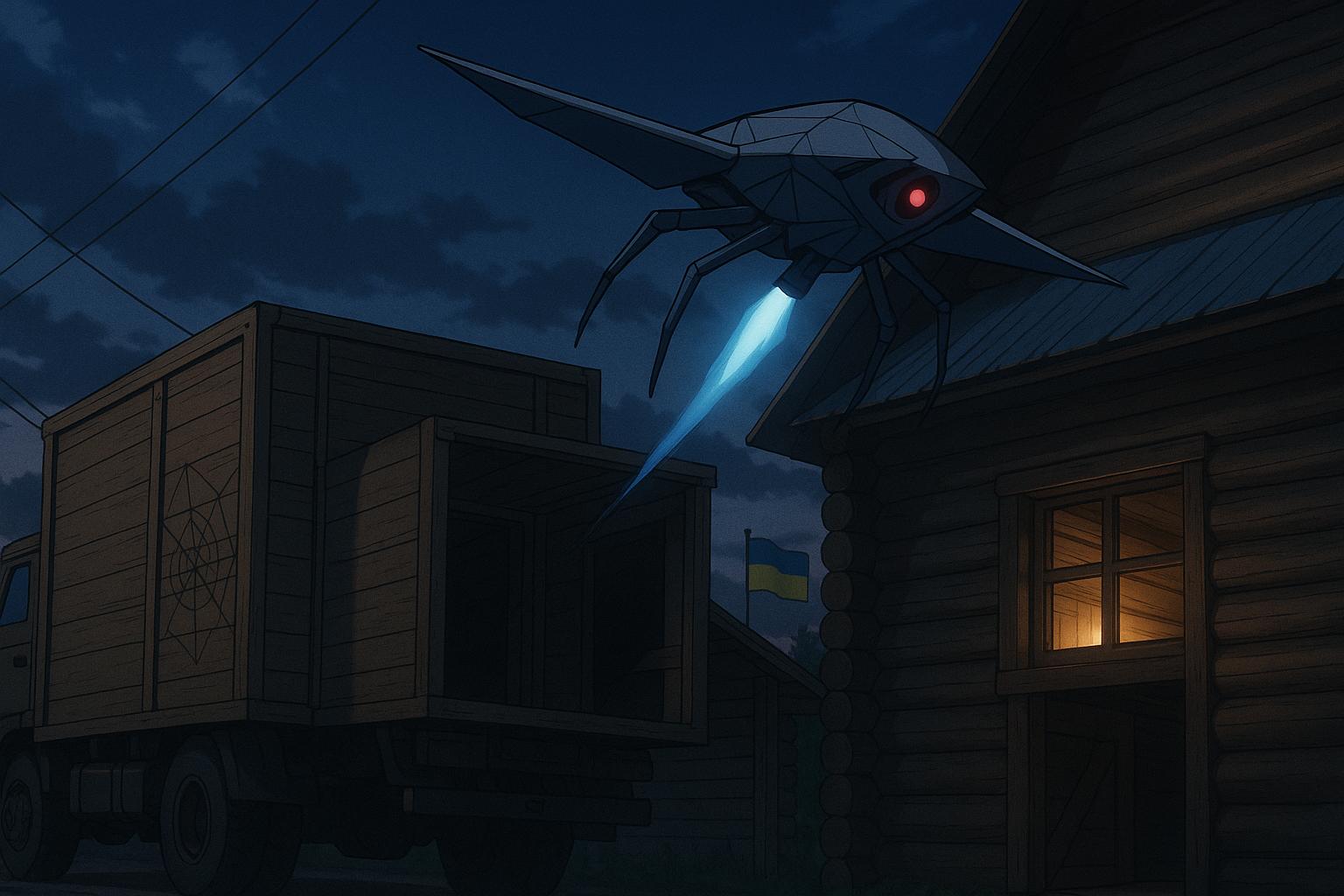On 1 June, a sophisticated and meticulously planned operation by Ukraine, dubbed "Spider Web," marked a significant escalation in the ongoing conflict with Russia. Over 100 drones were deployed to strike several air bases deep within Russian territory, targeting nuclear-capable long-range bombers. Ukrainian President Volodymyr Zelensky confirmed that the attacks resulted in substantial damage, with Ukrainian sources alleging that 41 strategic bombers were hit, at least 13 destroyed, and an estimated $7 billion in losses inflicted on Russia.
This unprecedented assault demonstrated remarkable ingenuity and coordination. Drones were concealed within wooden cabins atop lorries, allowing operatives to smuggle them close to their intended targets. Once in position, these drones were launched remotely, evading detection until it was too late. Images released by the Security Service of Ukraine (SBU) show numerous drones carefully stored in these cabins, awaiting launch. Experts have noted the operation’s complexity, with Dr. Steve Wright, a drone specialist based in the UK, commenting that the capability to launch and control these drones required advanced technology and planning. Reports indicate that remote piloting was facilitated through satellite connections, enabling precise navigation and operation across several time zones.
Russian authorities have acknowledged the attacks but downplayed their impact, stating that many attempts were foiled. In official communications, they maintained that aircraft had only been damaged at two locations, Murmansk and Irkutsk, while other regions successfully repelled the drone incursions. However, satellite imagery and videos verified by independent sources showcase the toll on Russian air capabilities, revealing damaged aircraft at airbases like Olenegorsk in Murmansk and Belaya in Irkutsk. Such losses are significant given that the bombers targeted are among the core components of Russia's strategic military arsenal, including the Tu-95, Tu-22, and Tu-160 bombers, all critical to their missile launch capacities.
The ramifications of the attack extend beyond immediate military losses. The Ukrainian leadership has framed the operation as a legitimate response to Russia's ongoing assaults on Ukrainian territory. Zelensky remarked that the targets were chosen carefully, underscoring their military significance as opposed to civilian holds. Concurrently, the operation raises questions about security within Russia, as details emerge of lorry drivers unwittingly facilitating the drone launch. Some drivers reported being instructed via phone to park at specified locations, only to witness drones taking flight from their vehicles.
Operation Spider Web showcases the evolution of drone warfare in Ukraine, reflecting a shift in tactics designed to counteract the threats posed by Russian military forces. Analysts have suggested that these strikes, targeting military infrastructure rather than aircraft in flight, might represent a more strategic approach, as they mitigate the risks associated with aerial dogfights and create significant operational disarray within Russian ranks.
Despite the successes, the response from Russian media has been notably restrained, with many outlets refraining from extensive coverage of the event. By contrast, a sense of triumph has emerged within Ukraine, celebrating the operation as a historic milestone in their ongoing conflict. As the situation develops, future assessments of Ukraine’s military capabilities will likely focus on the implications of this daring operation and the effectiveness of its innovative strategies.
📌 Reference Map:
- Paragraph 1 – [1], [2]
- Paragraph 2 – [1], [2], [3]
- Paragraph 3 – [1], [3], [4]
- Paragraph 4 – [5], [6]
- Paragraph 5 – [1], [3]
- Paragraph 6 – [4], [7]
Source: Noah Wire Services
